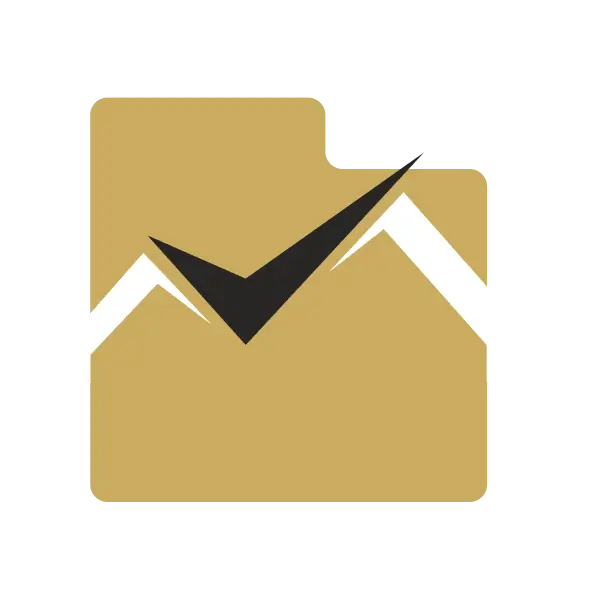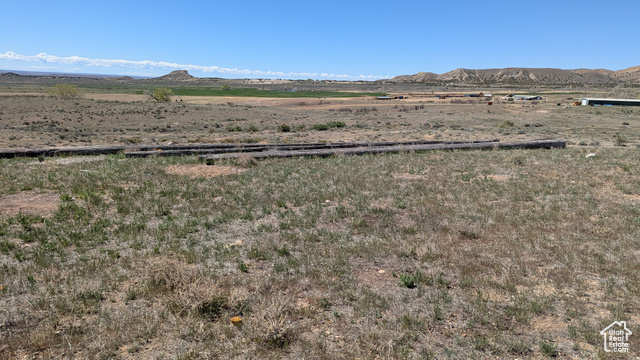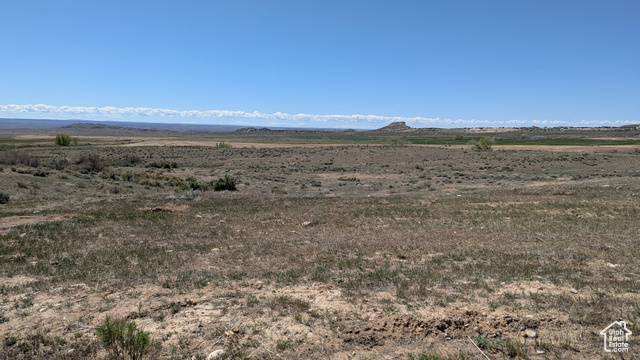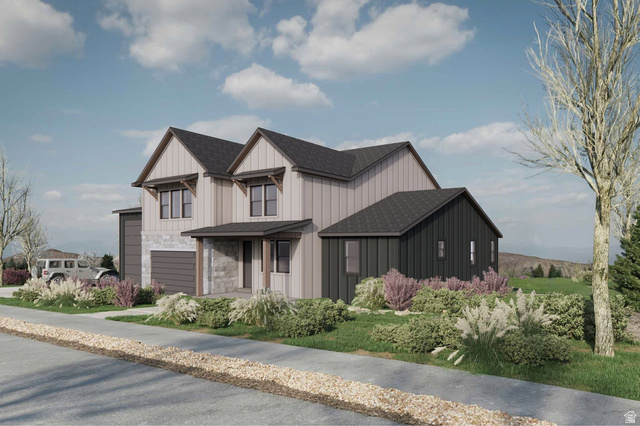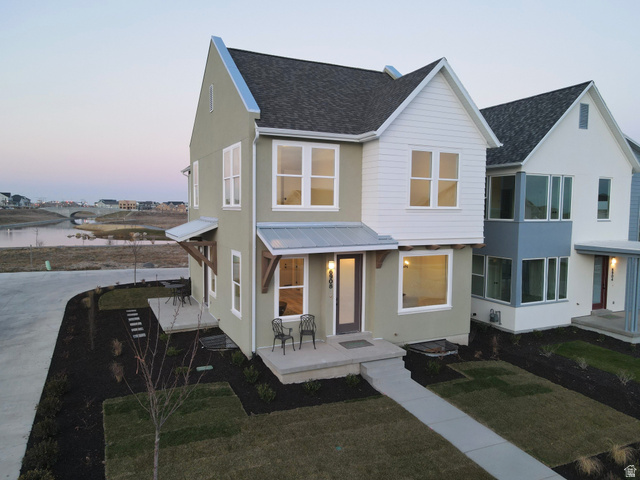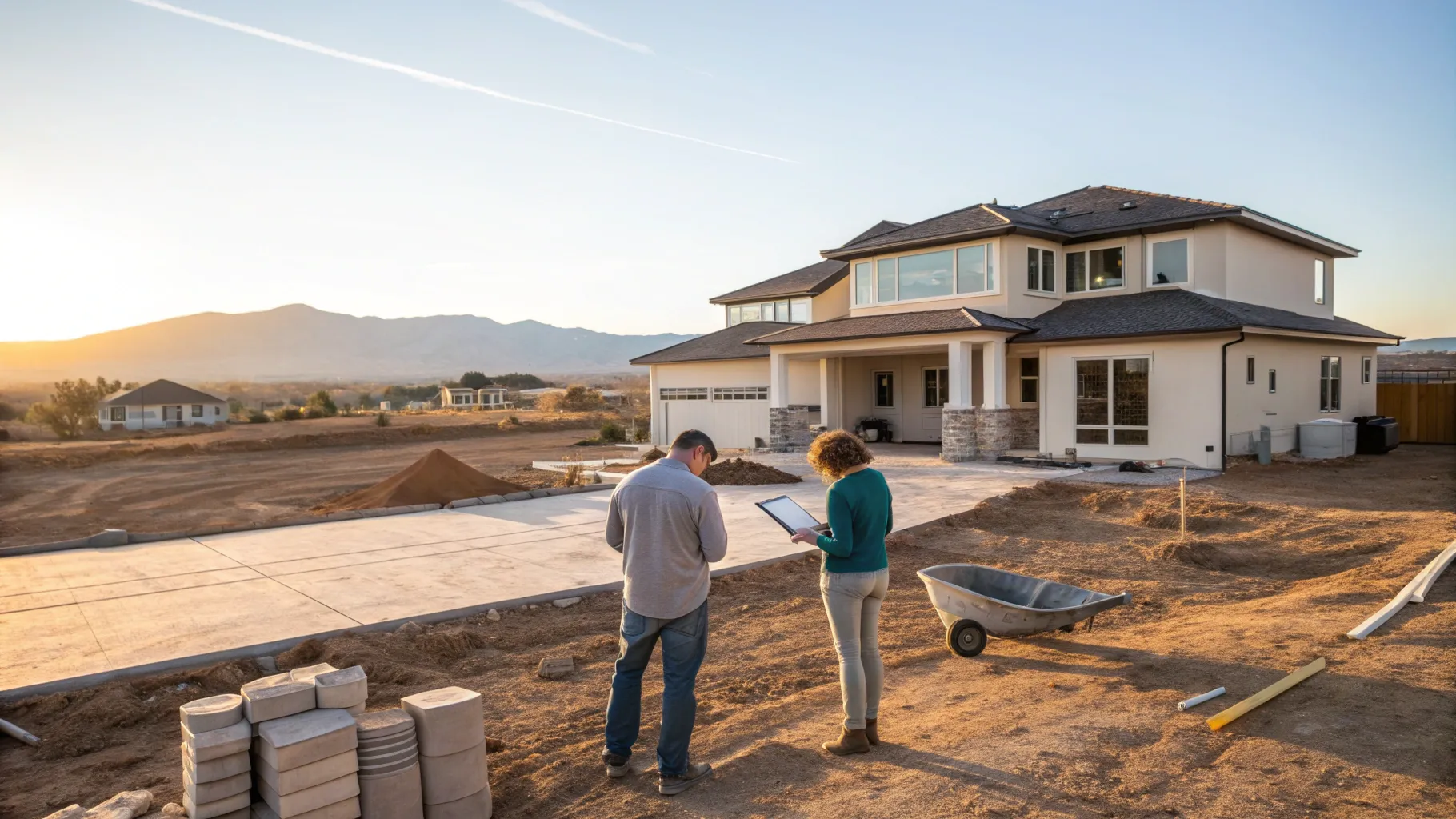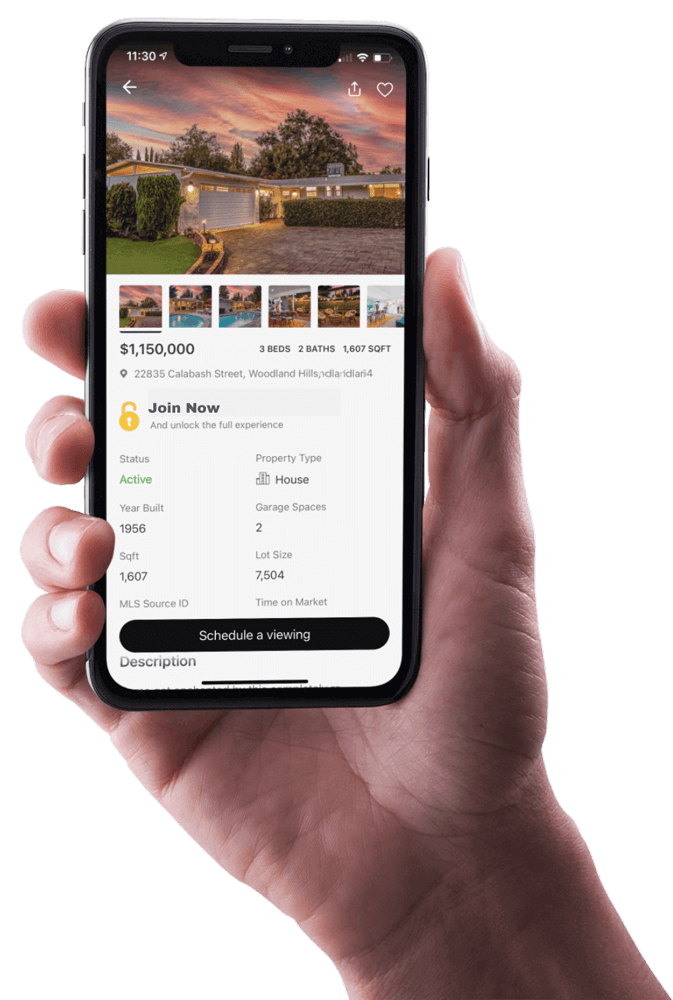Buying new construction in Utah offers modern layouts, energy-efficient systems, and neighborhoods built for today's lifestyles. However, the polished model homes and slick sales centers can hide recurring pitfalls that add thousands of dollars and months of stress.
Utah remains one of the most dynamic housing markets in the Mountain West. Buyers continue to weigh strong long run fundamentals such as population growth and healthy job creation against near term affordability pressures from mortgage rates and still firm prices. If you are considering an investment home anywhere from Salt Lake County to Washington County, the key is to move past hunches and run a calm, structured test of profitability. This guide walks you through the numbers and the context so you can decide with confidence.
1) Start with the market you are actually buying
Utah is not one market. Conditions can look different in Salt Lake City than in St. George or Ogden. Statewide, average home values were roughly five hundred twenty nine thousand dollars in late September 2025, up about 1.8 percent year over year, with typical homes going pending in about thirty days.
Zooming in, Salt Lake City’s average home value hovered around five hundred fifty eight thousand dollars and homes typically went under contract in about twenty days. Inventory has improved from the tightest months of the cycle. The Utah Association of Realtors reported sizable year over year gains in for-sale supply and new listings in early 2025, with months of supply rising toward a more balanced market. More choice for buyers can soften bidding pressure and help investors negotiate.
Action for buyers: pull city level indicators such as median list and sold price, days on market, and price cuts. Then build your deal model around the micro market you will own in, not statewide headlines.
2) Ground your rent assumptions in current evidence
If the investment thesis includes renting the home, use present rent levels, not wishful thinking. Recent reads for Salt Lake City place average advertised rents in the mid one thousand to low one thousand six hundreds per month depending on the source and unit mix, with one and two bedroom averages ranging from the mid one thousands to the mid two thousands. Treat portal figures as a starting point and corroborate with multiple sites and a property manager.
Action for buyers: create a range for achievable monthly rent, not a single point. Note seasonality and vacancy norms for the neighborhood.
3) Price your debt and cash costs accurately
Mortgage rates shape both your payment and the pool of competing buyers. The Freddie Mac Primary Mortgage Market Survey placed the 30 year fixed near 6.34 percent for the week of October 2, 2025, up slightly for a second straight week but still below the 52 week average. National coverage notes that rates around the mid sixes are keeping sales subdued compared with pre pandemic years. If rates drift closer to 5.5 percent later, analysts expect more buyers to re enter, which could lift prices and transaction volumes. Build your model to withstand rate noise.
Action for buyers: price your loan using a lender quote rather than a headline average. Sensitivity test plus or minus 50 to 75 basis points so you know your break points.
4) List every recurring expense
Profits disappear when owners underestimate ongoing costs. Before you write an offer, tally the items below for the specific property.
-
Property taxes and homeowners insurance at current rates for that address
-
HOA dues, landscape or snow removal, and any shared utility costs
-
Maintenance reserve. Many investors set 1 percent of property value per year as a baseline for a modern home, and more for older or complex properties
-
Property management fees if you will not self manage
-
Allowance for vacancy and leasing costs
If you are comparing homes across Utah counties, plug in county specific tax rates and any city charges. Rising inventory in 2025 means you may be able to negotiate repairs or credits to offset early maintenance, but do not bank on it.
5) Add one time and hidden items
Your first year cash picture should include closing costs, inspection and appraisal, any immediate make ready work, and a cash reserve for surprises. If the home needs a roof or HVAC within three to five years, include a pro rated reserve for those big ticket items so your numbers do not assume luck.
6) Build a simple cash flow and ROI model
With rent and expenses set, calculate monthly and annual cash flow.
-
Monthly cash flow equals gross monthly rent minus all monthly expenses
-
Annual net income equals monthly cash flow times twelve
-
Return on investment equals annual net income divided by your total cash in the deal such as down payment and closing costs
A small positive monthly number is not enough. You want a comfortable margin that can absorb a surprise repair or a month or two of vacancy. For a quick scenario check, you can use a rental property calculator and toggle rent, rate, taxes, and maintenance to see how the picture shifts.
7) Stress test the bad news
Good investors try to break their own deal. Before you commit, ask three questions.
-
What happens if rent falls 10 percent or leasing takes two extra months
-
What happens if maintenance runs double your baseline for a year
-
What happens if your mortgage rate at lock is 0.5 percentage point higher than quoted today
Build these into your spreadsheet and make sure the investment still meets your minimum return. Apartment rents in Salt Lake City have moved sideways to modestly up in 2025, but there are month to month swings. That makes a stress buffer essential.
8) Weigh appreciation and long run value drivers
Monthly cash flow is one part of the return. Appreciation matters, especially in a growing state. Utah continues to rank among the fastest growing states by population, supported by strong employment, family formation, and migration. The Kem C. Gardner Policy Institute’s Utah Informed 2025 highlights these demographic strengths and their link to housing demand. A companion note this year underscored that Utah’s annual population growth rate led the nation. While past growth does not guarantee future price gains, steady demand helps support home values over time.
Statewide home values were up modestly year over year into fall 2025 after a flat 2024. The Gardner Institute’s State of the State’s Housing report summarizes that 2024 saw little to no growth in prices and rents and shows listings increased while residential construction cooled, a combination that can moderate price pressure in the near term. For investors, that often means a better entry point and more normal bargaining compared with the frenzy years.
Action for buyers: map your exit paths. If you plan to hold five to ten years, tie your thesis to durable drivers such as job corridors, universities, transit expansions, and school districts rather than one off hype.
9) Compare neighborhoods like an analyst
Inside the Wasatch Front, returns can vary by micro market. A three bedroom home in an established part of West Valley may produce different rent and maintenance dynamics than a similar home in Daybreak or Sugar House. Use a neighborhood grid when comparing properties.
-
Typical sold price and price per square foot
-
Days on market and sale to list ratio
-
Advertised rent for comparable beds and baths
-
HOA and special assessments
-
Age and major system timelines
Pair portal snapshots with your agent’s MLS pulls. The goal is to build apples to apples comparisons that reflect how quickly homes go under contract and what buyers actually pay.
10) Check your risk and time budget
Even a property that models well can be a poor fit if it absorbs more time than you have. Be realistic about tenant turnover, travel time to the property, and your comfort delegating to a manager. If your day job is demanding or you live far from the home, management costs and a healthy reserve are not optional.
11) Sense check with local professionals
Before making an offer, have a Utah agent or property manager review your rent comps, expense list, and lease up assumptions. Ask about any local licensing, inspection standards, or city level rules that affect rentals or resale. A short conversation can save months of frustration.
A quick example to tie it together
Imagine you are eyeing a three bedroom home in the Salt Lake area listed at five hundred thirty five thousand dollars. Your lender quotes 20 percent down and a 30 year fixed near 6.3 percent at lock. You estimate monthly rent between one thousand seven hundred fifty and one thousand nine hundred fifty based on current listings and manager input. Your monthly expense list includes mortgage principal and interest, taxes, insurance, HOA, a maintenance reserve, and either a management fee or your own time priced at zero if you choose to self manage.
Run the mid case, then stress test a lower rent by 10 percent and a vacancy of two months in year one. If you still show positive annual net income and a return that meets your target after counting your total cash in, you have a candidate. If the model only works at the top of the rent range and with no surprises, keep shopping. Inventory is better than it was, and patient buyers tend to find cleaner deals.
The bottom line
Utah’s market in late 2025 is balanced enough that disciplined buyers can find investments that work on the numbers rather than momentum alone. Prices have stabilized, inventory is healthier, mortgage rates are in the mid sixes, and population fundamentals remain solid. If you ground your rent in current evidence, price your debt correctly, list every cost, and push your model through stress, you will know whether the home you like is truly worth the price.
